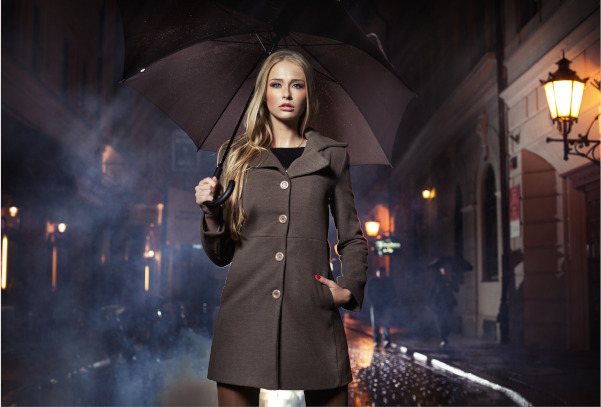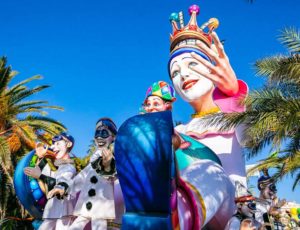Music’s gestural aspect is a necessity that musicians are very familiar with: the body movements needed to produce sounds – with the voice or instruments – are both the resource and the challenge that awaits every musician. It shouldn’t be surprising, then, that dance has always been a fecund source of inspiration for composers. In its forms and structures, we find a physical representation of what musical thought describes over time. In a certain sense, dance is music that can be seen. Since medieval times there has been no age that has not known the pleasures of composing, performing and listening to music in one way or another inspired by dance.
MITO SettembreMusica 2018, which is dedicated to the theme of dance, provides an opportunity to explore the various kinds and levels of relationships between the two art forms. Among this year’s performances, all custom-designed for MITO, there are complete ballets and sublimations of dance in concert forms; Renaissance and Baroque dances, and their reinventions by living composers; concerts dedicated to specific dances (the waltz, the tango and others) and explorations of construction techniques (the syncope, the perpetuum mobile). And much more.

MITO SettembreMusica
You might also like
More from Events
(Italiano) L’edizione 2020 di Cosmoprof Worldwide Bologna posticipata a Giugno
(Italiano)BolognaFiere Cosmoprof SpA, società organizzatrice di Cosmoprof Worldwide Bologna, annuncia ufficialmente che l’edizione 2020 sarà posticipata dall’11 al 15 Giugno …
(Italiano) Carnevale di Venezia: il Gioco, l’Amore e la Follia
(Italiano)“La vita è un gioco della follia in cui il cuore ha sempre ragione”. L’affermazione di Erasmo Da Rotterdam ispira …
(Italiano) Carnevale di Nizza: Re della moda
(Italiano)Per 15 giorni il Carnevale di Nizza, con le sue due manifestazioni, la Sfilata dei carri (diurna o notturna) e …











